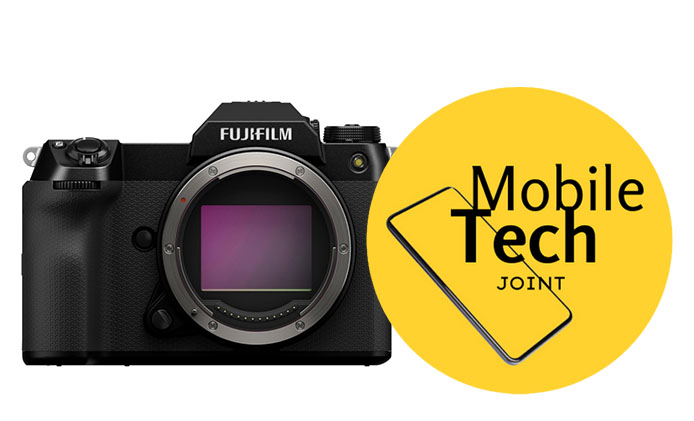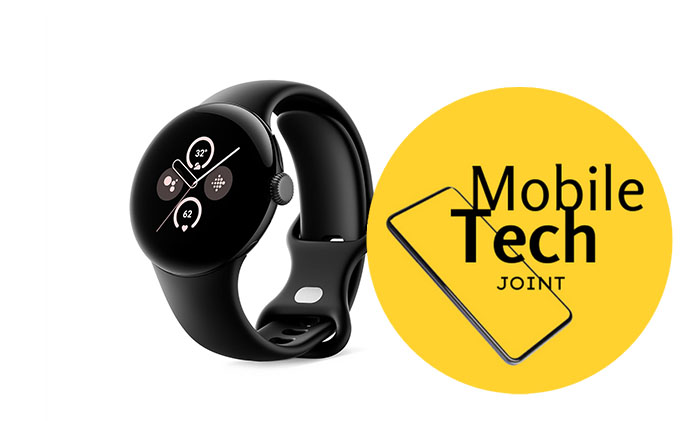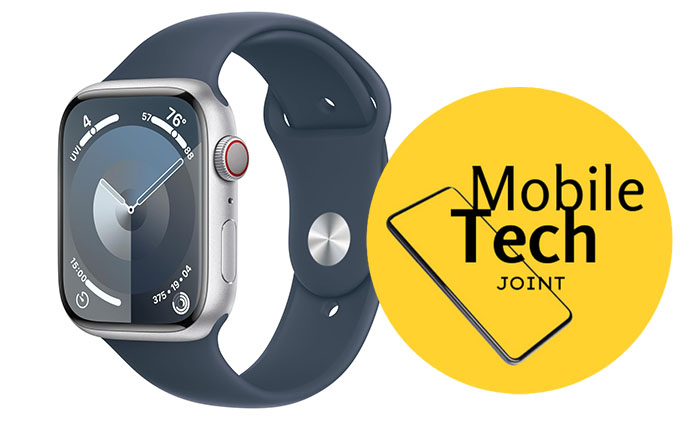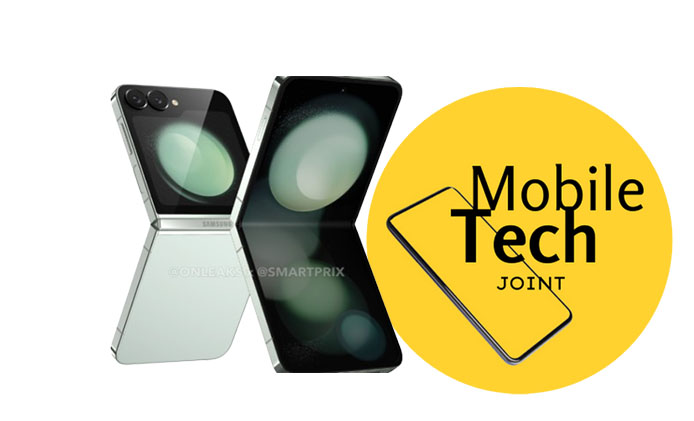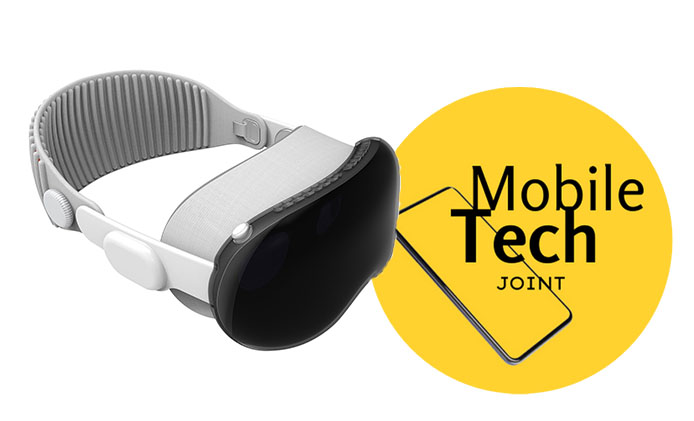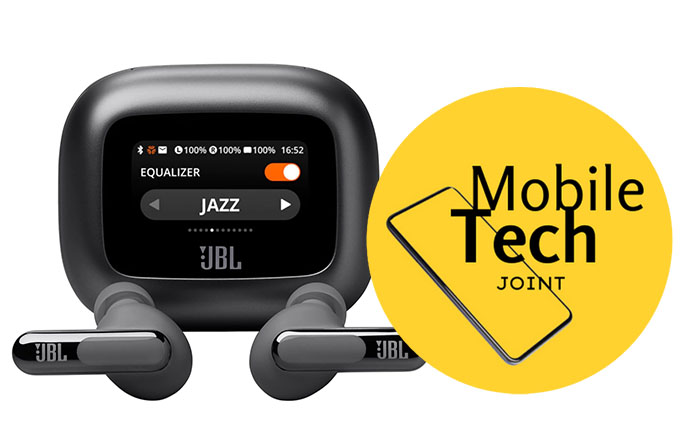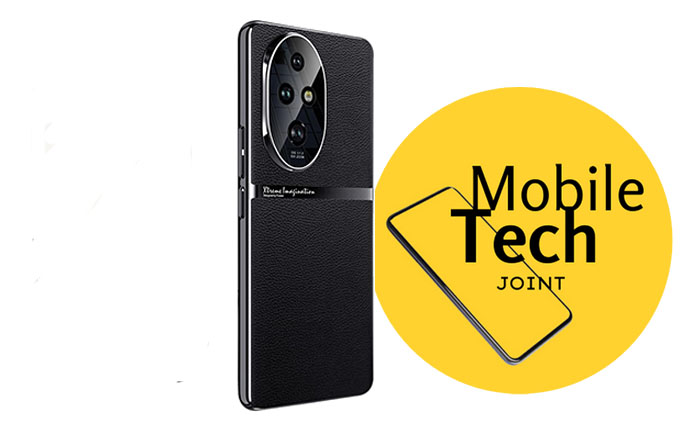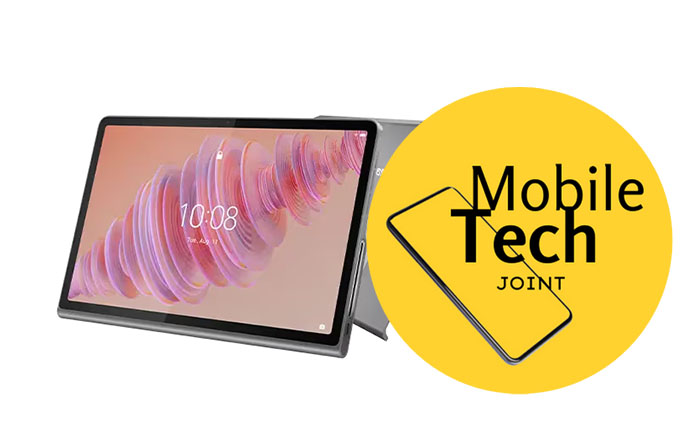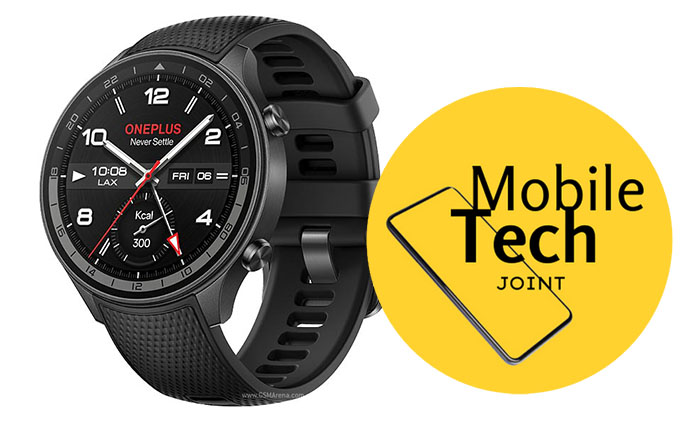The mid-range smartphone market continues to heat up with Realme’s latest offering, the Realme 13 Pro 5G. This device represents a quick update to the Realme 12 Pro series, showcasing the brand’s commitment to rapid innovation. In this comprehensive review, we’ll explore how the Realme 13 Pro 5G balances premium design elements with value-for-money features, making it a compelling option for tech-savvy consumers.
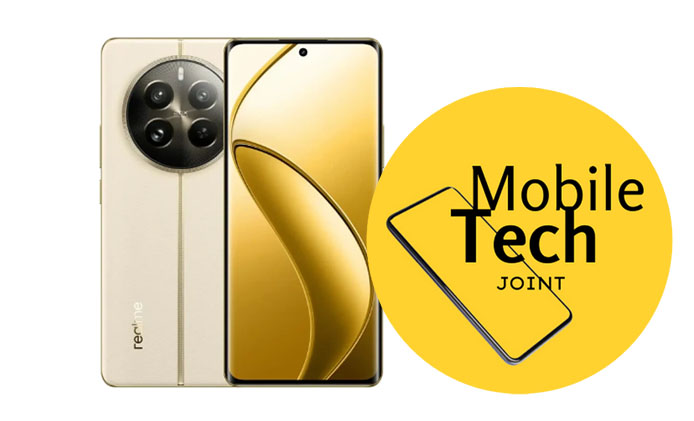
Key Takeaways
- Monet-inspired design with unique texture finishes
- Advanced AI-powered camera system with HyperImage+ technology
- Curved 120Hz OLED display with 2,000 nits peak brightness
- Snapdragon 7s Gen 2 processor for solid mid-range performance
- 5,200mAh battery with 45W fast charging support
- Realme UI 5.0 based on Android 14 with AI enhancements
Design and Build Quality
The Realme 13 Pro 5G introduces a refreshing design language that pays homage to the legendary French painter Claude Monet. This artistic inspiration is evident in the phone’s rear panel, which features a mesmerizing texture that plays with light and shadow, reminiscent of Monet’s impressionist works.
Color Options and Finishes
- Monet Purple: Unique texture with light and shadow effects
- Monet Gold: Shimmering golden hue with dynamic reflections
- Emerald Green: Vegan leather finish for a premium touch
The large camera module on the rear panel is adorned with a fluted bezel design, adding a touch of sophistication. This aesthetic choice not only enhances the phone’s visual appeal but also helps it stand out in a crowded market.
Durability is a key focus for Realme, as evidenced by the inclusion of:
- IP65 dust and water resistance rating: Protects against splashes and dust ingress
- Swiss SGS Premium Performance 5 Stars Drop resistance: Ensures the device can withstand accidental drops
The curved front display seamlessly blends into the frame, creating a sleek and modern look. Button placement is ergonomic, with volume controls and the power button located on the right side for easy access.
Display
The Realme 13 Pro 5G boasts a stunning visual experience with its 6.7-inch Full HD+ OLED display. Key features include:
| Display Specification | Details |
| Panel Type | OLED |
| Size | 6.7 inches |
| Resolution | Full HD+ |
| Refresh Rate | 120Hz |
| Touch Sampling Rate | 240Hz |
| Peak Brightness | 2,000 nits |
| Color Gamut | 100% DCI-P3 |
| Certification | Pro-XDR |
The 120Hz refresh rate ensures smooth scrolling and fluid animations, while the 240Hz touch sampling rate provides responsive touch input for gaming and everyday use. With a peak brightness of 2,000 nits, the display remains visible even in bright outdoor conditions.
The Pro-XDR certification and 100% DCI-P3 color gamut coverage guarantee accurate and vibrant color reproduction, making the Realme 13 Pro 5G an excellent choice for multimedia consumption and content creation.
Camera System
Hardware
The Realme 13 Pro 5G features a dual-camera setup that prioritizes quality over quantity:
- Primary Camera: 50-megapixel Sony LYT-600 sensor
- f/1.88 aperture
- Optical Image Stabilization (OIS)
- Ultra-wide Camera: 8-megapixel sensor
- f/2.2 aperture
- Wide field of view for landscape and group shots
AI Photography Features
The standout feature of the Realme 13 Pro 5G’s camera system is its AI-powered HyperImage+ architecture. This industry-first technology introduces several innovative features:
- AI HyperRAW Algorithm: Optimizes light and shadow details in RAW images
- AI Portrait Algorithm: Intelligently identifies foreground, mid-ground, and background elements for natural bokeh effects
- AI Ultra Clarity: Enhances resolution and sharpness of blurred photos
- AI Group Photo Enhance: Improves group shots by optimizing individual facial features
- AI Smart Removal: Allows easy removal of unwanted objects from photos
- AI Audio Zoom: Enhances audio clarity when zooming during video recording
These AI features work together to elevate the photography experience, allowing users to capture professional-quality images with minimal effort.
Performance
At the heart of the Realme 13 Pro 5G lies the Qualcomm Snapdragon 7s Gen 2 processor. This 4nm chip offers a balanced mix of performance and energy efficiency, making it well-suited for a mid-range device.
Key Specifications
- Processor: Snapdragon 7s Gen 2 (4nm)
- RAM Options: Up to 12GB
- Storage Options: Up to 512GB
Initial impressions suggest fluid performance in day-to-day tasks, with the potential for smooth gaming experiences in less demanding titles. However, a full assessment of the device’s capabilities will require more extensive testing.
Battery and Charging
The Realme 13 Pro 5G is equipped with a substantial 5,200mAh battery, which should provide ample power for a full day of use. To complement this large battery, Realme has included:
- 45W Wired Fast Charging: Enables quick top-ups when needed
While not the fastest charging solution in the market, the 45W charging should still offer reasonable charging speeds for most users.
Software Experience
The Realme 13 Pro 5G runs on Realme UI 5.0, based on Android 14. This latest iteration of Realme’s custom skin brings several enhancements and AI-powered features to improve the user experience.
Notable Features:
- Enhanced AI capabilities for system optimization
- Improved privacy and security measures
- Customizable always-on display options
- Expanded personalization settings
However, it’s worth noting that some users may find the presence of bloatware, particularly the “Hot Apps” and “Hot Games” folders, to be a minor inconvenience. A more in-depth analysis of the software experience will be necessary to fully evaluate its strengths and weaknesses.
Price and Availability
The Realme 13 Pro 5G is positioned as a competitive mid-range option, with a starting price of Rs 26,999 in India. This aggressive pricing strategy puts it in direct competition with other popular mid-range devices from brands like Xiaomi, Samsung, and OnePlus.
Multiple configurations are available, allowing users to choose the right balance of RAM and storage for their needs and budget.
Pros and Cons
Pros:
- Unique Monet-inspired design
- Advanced AI camera features
- Bright and smooth 120Hz OLED display
- Solid mid-range performance
- Large battery capacity
Cons:
- Presence of bloatware in Realme UI
- Limited camera versatility compared to some competitors
- Charging speed could be faster for the price segment
Conclusion
The Realme 13 Pro 5G represents a compelling option in the mid-range smartphone market. Its standout features include the Monet-inspired design, advanced AI camera capabilities, and a high-quality display. While it may not revolutionize the segment, it offers a well-rounded package that should appeal to users looking for a balance of style and substance.
The device’s performance, coupled with its large battery and 5G connectivity, positions it as a future-proof option for those who don’t want to break the bank on a flagship device. However, potential buyers should weigh the pros and cons, particularly regarding the software experience and camera versatility, before making their decision.
Overall, the Realme 13 Pro 5G is a worthy contender in the mid-range smartphone arena, offering a unique blend of artistic design and practical features that set it apart from the competition.
Also Check:
- iQoo Z9x Review: A Budget 5G Powerhouse with Impressive Battery Life
- CMF Phone 1 Hands On: A Mid Range Marvel with Modular Design
- Nothing Phone 2a Plus First Impressions
- Realme 13 Pro+ Review: Pushing the Boundaries of Mid-Range Photography
- Google Pixel 8A Review: The Best Budget Smartphone of the Year
